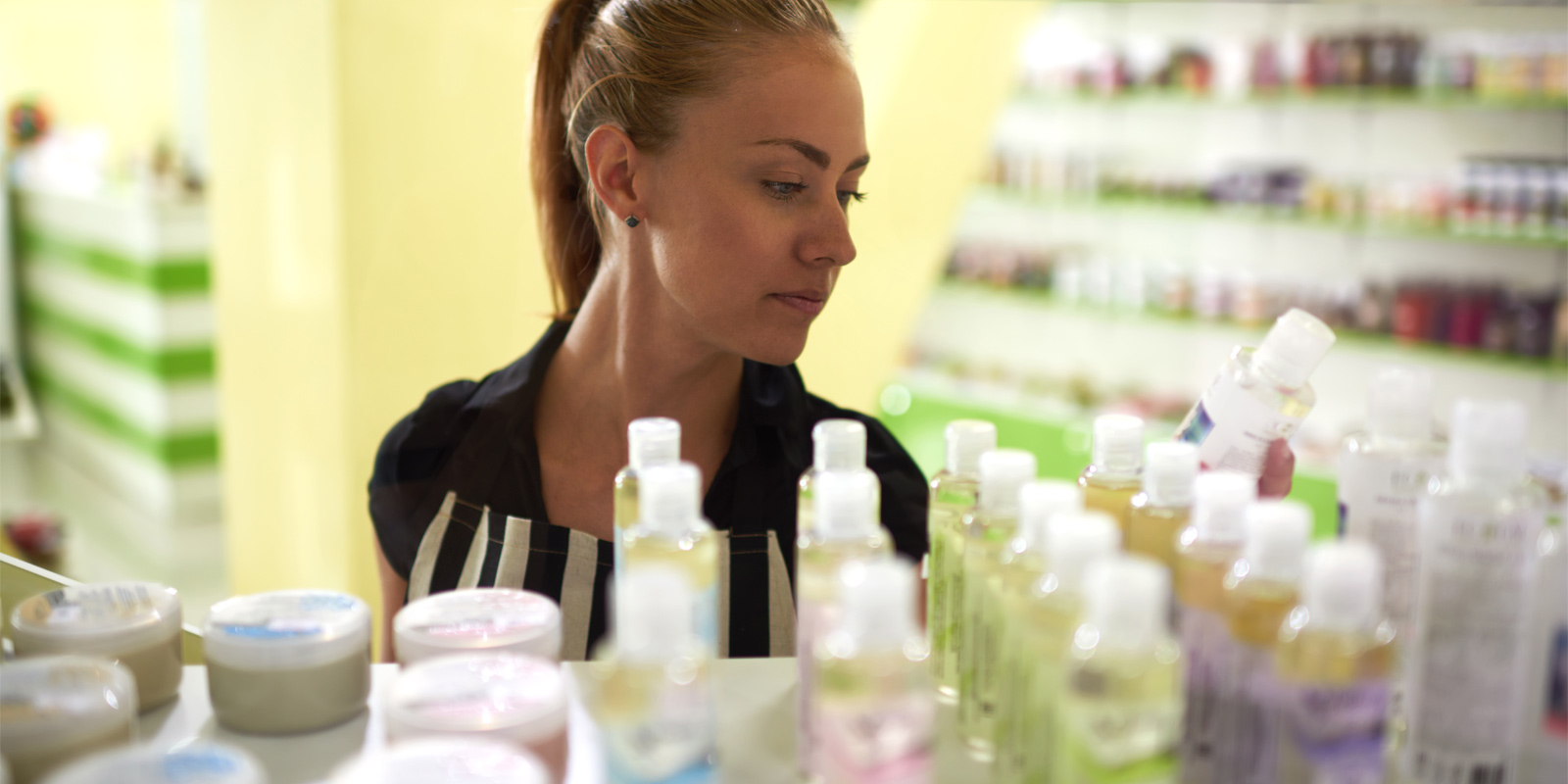Health and Personal Care Ecommerce Continues to Boom
July 17, 2023

Health and personal care products – such as beauty, medicine, and hygiene – have long been a brick-and-mortar retail stronghold. Yet, as more consumers turn online for their shopping needs, physical retail dominance in this category is beginning to slip. Amazon, the world’s predominant ecommerce marketplace, is expected to overtake Walmart in health and personal care sales for the first time this year.
The shift in consumer preference coincides with growing online shopping trends generally. This year Insider Intelligence analysts predict online shopping to grow 9.3% reaching $1.14 trillion in sales, constituting 15.6% of all U.S retail sales.
More specifically, health and personal care products is expected to make up 18.9% of U.S. ecommerce sales (totaling $130.5 billion), and grow a further 17.5% in 2024. Cosmetic and beauty products – a prominent subcategory within health and personal products – is predicted to grow 13.6% (reaching $18.4 billion) by the end of the year.
Studies conducted by PYMNTS ecommerce analysts reaffirm the shifting preferences of shoppers. According to surveys, 39% of shoppers are likely to purchase health and beauty products online.
Traditionally, grocery shoppers would purchase health and personal products while at the grocery store – like Walmart or Target. However, surveys indicated that less than half of retail shoppers are now purchasing personal and healthcare products while at the grocery store.
Next year, health and personal care products is predicted to overtake “food and beverages” as the top category on Amazon marketplace.
This data marks a remarkable shift in consumer behavior over the last four years, underscoring a growing preference amongst consumers to shop online rather than visit physical retailers.
Since 2019, Walmart steadily accounted for roughly 6.4% of health and personal care sales in the U.S., a figure which recently dipped to 6.1% in 2023. Four years ago, Amazon accounted for just over 2% of health and personal care sales, but this figure has since tripled. Amazon is expected to overtake Walmart in this category next year.
Each company is seemingly carving out its own subcategory within health and personal care products.
Walmart continues to appeal to budget shoppers; 80% of its “beauty” subcategory products sell for under $10. Meanwhile, Amazon preferences high-end beauty products, targeting luxury shoppers willing to spend upwards of $100 on products such as body creams and lotions.
The data and shift in consumer preferences reaffirms Amazon’s growing dominance in retail and the growing importance for sellers, especially those operating in high growth categories like health and personal care, to make the most of selling online.
View More Insights
Ready to scale your business?
Talk with one of our ecommerce experts.




